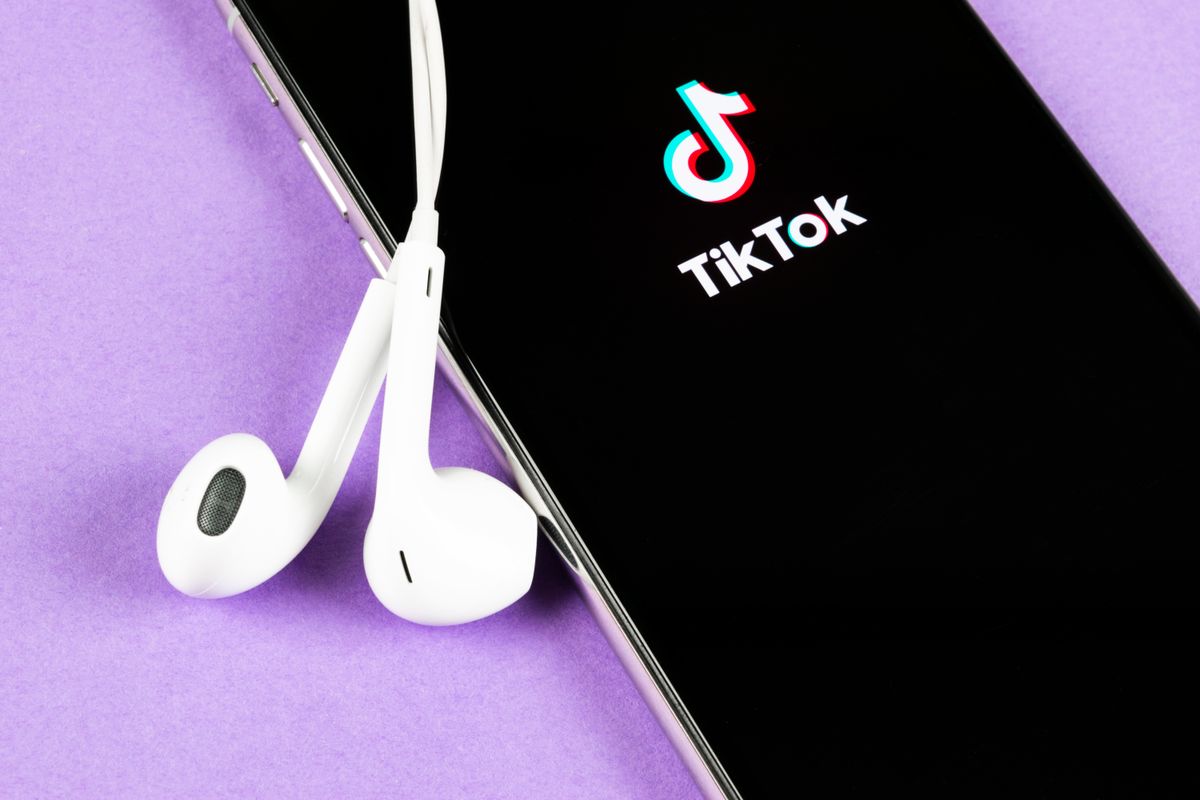The TikTok Takeover: Get Engaged or Get Left Behind

You’ve heard the name TikTok batted about and you may have even seen a trending dance or prank mixed with music from the platform, but why are few brands taking advantage of the platform? With over 500 million monthly active users, we are looking at how brands can connect with this audience. So why are some brands not taking the steps to join this platform, why are others creating profiles and what value does the platform have for brands? TikTok, formally known as Musical.ly, is a vertical video platform that’s overwhelmed with a young audience performing to lip-synced videos, re-enacting vines and fashion shows. With in-app editing tools and trending hashtags, it’s similar to Instagram in its visual-heavy content. You film straight in the app and upload to your audience, sounds simple, right?








